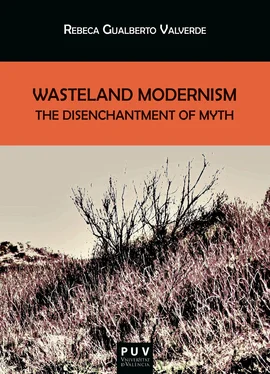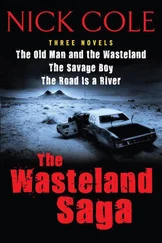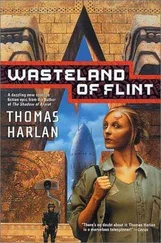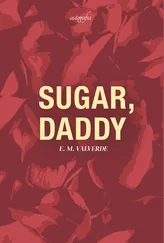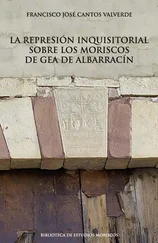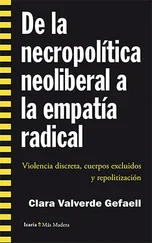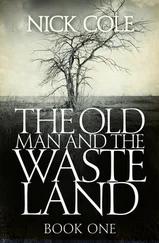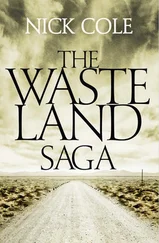Myth is not arbitrary, and it is not a neutral framework (Bell 123). In fact, as Horkheimer and Adorno demonstrated decades ago, myth is an age-gold artifact that serves the same purpose of dominion as Enlightenment itself. Myth symbolizes reality so it can be categorized, seeking “to report, to name, to tell of origins—but therefore also to narrate, record, explain” (Horkheimer and Adorno 5). Myth subsumes the symbolic relating of the actual to a mythical event, just as analytical thought subsumes it to an abstract category in science. In both cases, the present appears as predetermined, imposing a sense of inevitability that “justified in the guise of brutal facts as something eternally immune to intervention, the social injustice from which those facts arise” (21). For Bell, mythopoeia entails a superstition, the superstition of believing that “you have complete intellectual insight or critical power over a complex form of life by reducing it to its ideological configuration” (222). He adapts Adorno and Horkheimer to claim that this is “the truest form in which mythopoeia lives on in our time and as a continuing product of Enlightenment” (222), which accounts for the necessity of a myth-critical appraisal of literature in a time of crisis, as it post-war modernism. This analysis leads to a critical examination of how myth is fractured to an almost complete disintegration. It addresses the ideological consequences of such an unmaking of myth, posing whether the destruction and reconstruction of mythology in modern literature may open new possibilities for construing a different world picture.
The hypothesis seems well integrated into the tradition of modernist studies, for it sheds light on the conundrum that juxtaposes a search for meaning and the simultaneous recreation in paradigms of fragmentation and chaos. On the basis that primitive myth symbolizes dominant ideologies and stands as a guarantor of social and political order, this book will explore the shattering of that symbolization in post-war American modernism. The age-old myth is made anew to express a set of counter-narratives that tragically articulate a collapsed civilization trauma and despair. The result is the challenge of traditional discourses of social order and political stability that broke down after the Great War. In the act of demolition, modernist myth-making presents the possibility of an alternative way of representation for a brand new world.
THE MYTH OF THE WASTE LAND
The earliest extant version of the Waste Land myth, the Arthurian legend that recurs in different shapes in the texts analyzed in this study appears in Chrétien de Troyes‘ Perceval, the Story of the Grail (ca. 1180) (Loomis 28). In this early French romance, the young knight Perceval arrives at the Fisher King’s castle, who has been wounded between the thighs, and whose sexual impotence has been transferred to his kingdom, which has become a wasteland. The story proposes a mystical, sympathetic connection between a king and his kingdom, characterizing kingship mysticism as preternaturally divine. Yet, the French romance Perceval may be just one of the earliest reinterpreted forms of a more ancient mythical tale, perhaps found in Celtic mythology. 4 According to this theory, ancient Irish myths are believed to have shaped and influenced the Welsh and Breton legends in which one may trace some prototypes for the story of the Fisher King and the Waste Land (Loomis 18). Loomis supports the theory on historical circumstance, since “the conteurs of the twelfth and early thirteenth century were in the main Bretons, descendants of those Britons who in the fifth and sixth century, as a result of the Anglo-Saxon invasion, had emigrated to Armorica, which we now know as Brittany” (13-4). Arthurian critics have thus established a relationship of continuity between ancient Celtic mythology, Welsh myths, Breton legends, and, lastly, the medieval French romances where the story of the Waste Land appears.
The earliest link of this chain are the Irish echtrai , a type of mythic narrative in which “the mortal hero visits a supernatural palace, is hospitably entertained, witnesses strange happenings, and sometimes wakes in the morning to find that his host and his dwelling have disappeared” (Loomis 47). The parallels with the story of Perceval are quite evident: the young knight, as he journeys back home, finds a wide river he cannot cross. In the river are two men, one of them fishing. He invites Perceval to take shelter in his lodgings for the night, and, in that precise moment, amidst a nearly deserted landscape, appears the high tower of a castle. Perceval is received in “a supernatural palace” (Loomis 47), where he witnesses strange happenings (de Troyes 420-421). First, a squire enters the room carrying a white lance from whose tip falls a drop of blood, falling down the squire’s hand; then, two other squires, extremely handsome, carry candelabra of pure gold, each with candles burning. Finally, a maiden, noble and richly attired, accompanies them, carrying a grail. As she enters the hall, the room is brightly illuminated. She takes the grail into another chamber while the young knight observes in silence, not daring to ask who the grail serves.
The following morning, in keeping with the Irish prototype described by Loomis, Perceval is astonished when he realizes that there is no one left in the castle. He decides to go to continue his journey, when suddenly he finds “a maiden crying, weeping and lamenting, as though she were a woman in great distress” (423). She holds in her arms a knight “whose head had been cut off” (423) and, intuiting that Perceval has spent the night at the Fisher King’s castle, explains to him that the King was “wounded and maimed in the course of a battle so that he can no longer manage on his own, for he was struck by a javelin through both thighs” (424). He is called the ‘Fisher King’ because, after his castrating injury, he likes to go fishing with a hook. His wound, tragically, has caused the desolation of his kingdom. But if Perceval had dared ask about the meaning of the lance and the grail that he saw at the castle, he “would have brought great succour to the good king who is maimed: he would have totally regained the use of his limbs and ruled his lands, and much good would have come of it!” (425). Yet, he failed to heal the King and thus did not restore the Waste Land. As mentioned, this story is the earliest version that has remained of the story, which is represented, rewritten, and reinterpreted throughout the Middle Ages. However, the tale’s core meanings, the mystical, inextricable connection between the divine king and his kingdom, and the need to restore the desolated Waste Land will remain more or less invariable.
These primary meanings of the Waste Land myth establish that the Grail, meant to feed the king, must also feed the kingdom. Still, this communitarian sustenance becomes more and more spiritual as Christian romances transform the myth. One significant version is Wolfram Von Eschenbach’s Parzival , composed between 1200 and 1210 by a Bavarian knight-poet. In this romance, the Grail found in the castle of “the sorrowing king” (Eschenbach 135) is simultaneously described as “a cornucopia of the sweets of this world” (126) and as explicitly holy. In Chrétien, the sanctity of the Grail is only addressed towards the end of the romance and in very ambiguous terms when Percival’s uncle explains that “a single host that is brought to him in that grail sustains and brings comfort to that holy man—such is the holiness of the grail!” (Troyes 460). Contrarily, in Eschenbach the conception of the Grail as a pagan talisman of plenty—providing “dishes warm, dishes cold, new-fangled dishes and old favorites, the meat of beasts both tame and wild (…) whatever drink a man could name, be it mulberry wine, wine or ruby” (126-7)—and as a sacred container of the Corpus Christi is reconciled relatively harmoniously: “every Good Friday (…) the Dove brings [a white Wafer] to the Stone, from which the Stone receives all that is good on earth of food and drink” (Eschenbach 2980: 240). 5 The food-producing properties of the Grail have been Christianized yet remain food-producing properties. At this stage, the Grail remains a magical object that ensures the land’s fertility in a very literal sense. However, by the time the Waste Land myth is recounted in English in the fifteenth century, in Thomas Malory’s Le Morte d’Arthur (1485), the Grail’s nurturing virtue has been codified as strictly spiritual. 6 The Maimed King’s castle has become the place where “the holy meat shall be departed” (Malory II 364). The knights do not feast on endless dishes, but kneel before the Holy Vessel, surrounded by angels, to receive their Saviour. Yet the Holy Grail is still defined by its nourishing properties, even if it provides spiritual sustenance instead. This circumstance coincides with the transformation of the Waste Land. Throughout the medieval sources, the land’s affliction transforms from social chaos to barrenness and a state of spiritual degeneration in the later versions. 7
Читать дальше
